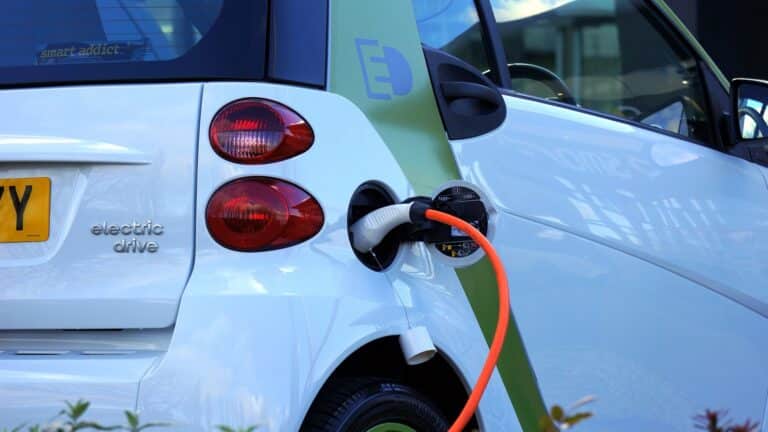This report represents the research and views of the author. It does not necessarily represent the views of the Center on Global Energy Policy. The piece may be subject to further revision. Contributions to SIPA for the benefit of CGEP are general use gifts, which gives the Center discretion in how it allocates these funds. More information is available at Our Partners. Rare cases of sponsored projects are clearly indicated. For a full list of financial supporters of the Center on Global Energy Policy at Columbia University SIPA, please visit our website at Our Partners. See below a list of members that are currently in CGEP’s Visionary Annual Circle.
-
CGEP’s Visionary Annual Circle
-
(This list is updated periodically)
Occidental Petroleum Corporation
Executive Summary
China’s Global Energy Interconnection (GEI) initiative presents a transformational vision for meeting the world’s growing power demand with a globally interconnected electricity grid. The concept involves ultra-high-voltage transmission lines strung across vast distances and smart grid technology tapping large-scale renewable power sources. Chinese President Xi Jinping first touted GEI’s goal to “facilitate efforts to meet the global power demand with clean and green alternatives” at the UN General Assembly in 2015.
The ambition of the GEI vision is enormous, especially since there is very little cross-border trade in electricity around the world today. Regional electricity integration initiatives championed by development banks and multilateral organizations have largely struggled against the formidable political, economic and technical complications that accompany interstate electricity trade. China has seen these challenges firsthand in its participation in the Asian Development Bank’s Greater Mekong Subregion electricity trade endeavor, which has progressed fitfully since the 1990s amid regional infrastructure gaps and uneven political support from member states.
This report, prepared as part of the Belt and Road Initiative series published by Columbia University’s Center on Global Energy Policy, uses a case study of power trade in the Greater Mekong Subregion to assess the prospects for GEI in catalyzing energy integration around the world. It discusses why Greater Mekong Subregion integration has been slow, how GEI might help accelerate interconnection in the area, and what lessons the region offers for understanding the overall outlook for GEI. Based on this study, the author finds the following:
- Establishing a GEI-style global energy grid backbone by 2070 would require overcoming an extraordinary set of political challenges. The global grid outlined by GEI for the coming decades serves more as a demonstration of technical potential than a strict blueprint to be implemented.
- The limited scale attained thus far by the Greater Mekong Subregion project for grid integration and cross-border electricity trading demonstrates the headwinds such multinational efforts can face. Weak internal power sector development in recent decades has left some member states without the generation surpluses and robust power grids necessary to support meaningful levels of trade. In addition, power trade requires a strong degree of interstate political trust, motivated engagement by national utilities, and support from civil society players for the specific generation and transmission projects involved. Integration backers have historically struggled to build consensus across this diverse array of stakeholders.
- While enormous generation and transmission infrastructure projects are core components of the GEI vision and dovetail with the interests of China’s domestic proponents, considerable debate persists about their merits for fostering the renewables transition. Ultra-high-voltage transmission, a specialty of Chinese utilities, is a particular flashpoint.
- State interest in cross-border trade has been increasing across many regions in recent years, and more gradual gains in power trade around the world that can aid the renewable transition and bolster regional solidarity are possible. China can contribute greatly to this process: as an investor and contractor in grid projects abroad, as a member state of integration initiatives in Asia, and as an advocate of grid integration in international fora.
- GEI’s ultimate impact will depend in part on how advocates within China reconcile tensions between strengthening cross-border power trade and promoting domestic priorities, such as advancing the country’s own industrial policy objectives.




